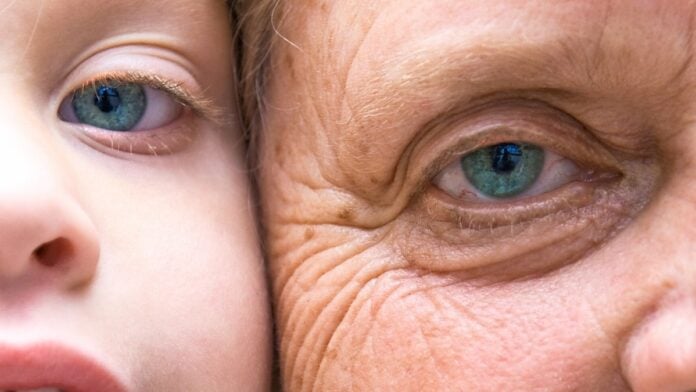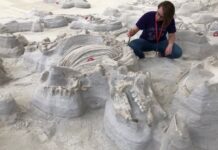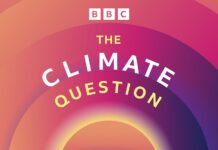Human aging isn’t a smooth decline, but a series of shifts. A new study confirms that the rate at which our bodies age doesn’t just increase over time; it accelerates dramatically around age 50, with significant implications for long-term health.
The Turning Point in Aging
Researchers from the Chinese Academy of Sciences analyzed protein changes in human tissues across a wide range of ages, revealing a clear inflection point around age 50. After this milestone, the aging trajectory steepens, particularly in critical organs like the cardiovascular system. Blood vessels are among the first to show substantial decline, making this finding especially concerning given the prevalence of heart disease in older populations.
This isn’t just about feeling older; it’s about measurable physiological changes. The study used “proteomic age clocks” – tracking shifts in protein levels – to identify how organs age, and found that the pace of deterioration increases noticeably after 50.
How the Study Was Conducted
The research team examined tissue samples from 76 organ donors (aged 14 to 68) who died from accidental trauma. They collected 516 samples from 13 different tissues spanning seven major bodily systems: cardiovascular, digestive, immune, endocrine, respiratory, integumentary (skin), and musculoskeletal.
By cataloging protein levels and comparing them to disease databases, they observed that expressions of 48 disease-related proteins increased with age. Cardiovascular conditions, tissue fibrosis, fatty liver disease, and liver tumors were among the most prominent. The most significant changes occurred between ages 45 and 55, particularly in the aorta (the body’s largest artery).
Experimental Confirmation in Mice
To validate their findings, researchers isolated an aging-associated protein from mouse aortas and injected it into young mice. The treated mice showed reduced physical performance, weaker grip strength, lower endurance, and impaired coordination – all markers of accelerated vascular aging. This suggests a direct link between protein changes and physiological decline.
Aging Occurs in Stages, Not Just One Decline
This study builds on previous research that identified earlier aging peaks around ages 44 and 60. The first peak (around 44) was linked to changes in lipid, caffeine, and alcohol metabolism, along with cardiovascular and muscle dysfunction. The second (around 60) involved carbohydrate metabolism, immune regulation, and kidney function.
These findings reinforce that aging isn’t one steady process but a series of accelerations affecting different systems at different times. Understanding these stages is crucial for developing targeted interventions.
Implications for Health and Longevity
The researchers aim to create a comprehensive “proteomic atlas” of human aging, mapping how protein imbalances drive organ decline. Their goal is to develop medical interventions that slow or reverse these changes, ultimately improving the health of older adults.
“Our study is poised to construct a comprehensive multi-tissue proteomic atlas spanning 50 years of the entire human aging process… These insights may facilitate the development of targeted interventions for aging and age-related diseases.”
This research emphasizes that while humans live longer than many other mammals, this longevity comes with unavoidable physiological decline. By identifying the precise mechanisms of aging, scientists hope to mitigate its effects and extend healthy lifespans.







































